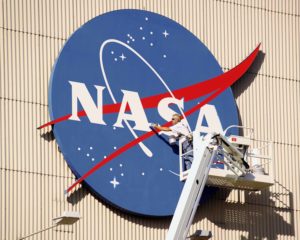
The groundbreaking experiment on Mars known as MOXIE, which aimed to produce oxygen from the planet’s atmosphere, has concluded successfully, surpassing NASA’s initial expectations. Over the course of more than two years, MOXIE generated 122 grams of oxygen, equivalent to what a small dog breathes in 10 hours. This achievement is a significant step towards future astronaut missions to Mars, as MOXIE demonstrated the capability to convert Mars’ abundant carbon dioxide into oxygen. The device operated at double the efficiency originally targeted, producing 12 grams of oxygen per hour with 98% purity or better during its peak performance.
The implications of MOXIE’s success are far-reaching. With Mars’ thin atmosphere primarily composed of carbon dioxide, technologies like MOXIE have the potential to support human exploration by supplying breathable air and rocket propellant for return trips to Earth. This breakthrough reduces the need to transport large quantities of oxygen and propellant from Earth, making future missions more practical and cost-effective. MOXIE’s achievements lay the foundation for the development of larger, more advanced systems that can not only extract oxygen but also liquefy and store it.
While MOXIE has paved the way for Mars exploration, NASA is now focused on testing other crucial technologies on the red planet, including tools and habitat materials. The success of MOXIE marks an important milestone in the quest to utilize local resources for future space missions, ultimately enabling astronauts to “live off the land” on Mars and beyond.
 GhArticles.com Every News in Detail
GhArticles.com Every News in Detail



